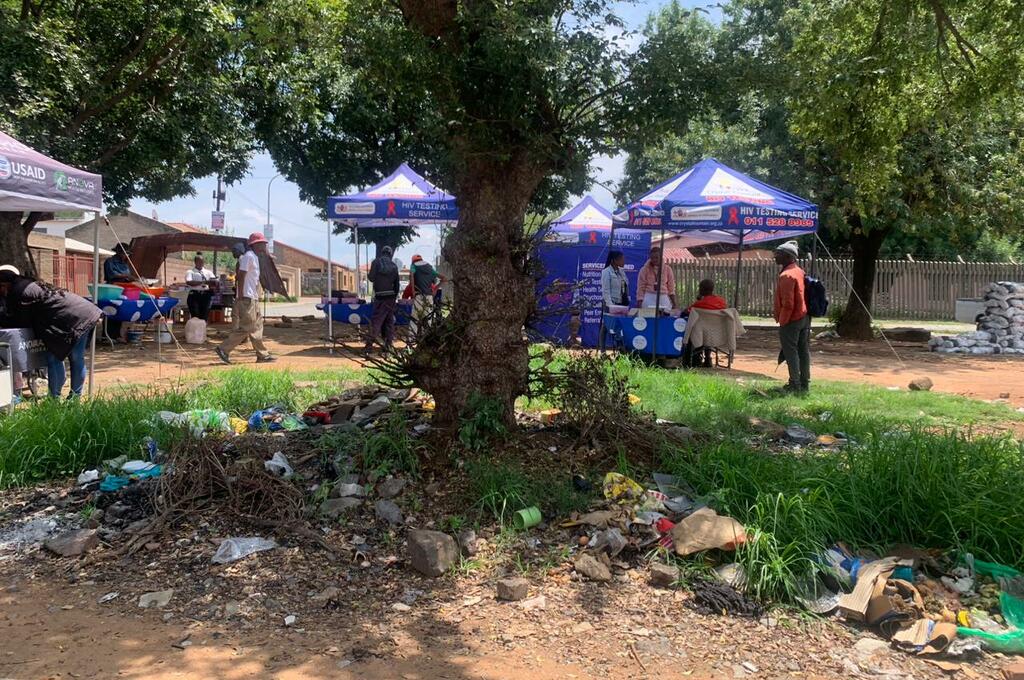HIV self-testing helps overcome several barriers traditionally associated with HIV testing, including fear of stigma, discrimination, and lack of privacy. Many people avoid traditional clinics or healthcare centers due to anxiety or fear of being judged. Self-testing enables individuals, particularly those in high-risk populations or marginalized communities, to seek answers without feeling exposed or vulnerable.
Moreover, HIVST is crucial in increasing access to testing, particularly in remote areas where healthcare services might be scarce or overburdened. By making HIV testing more accessible, it enhances early diagnosis and treatment, which is key to reducing HIV transmission and improving health outcomes.


